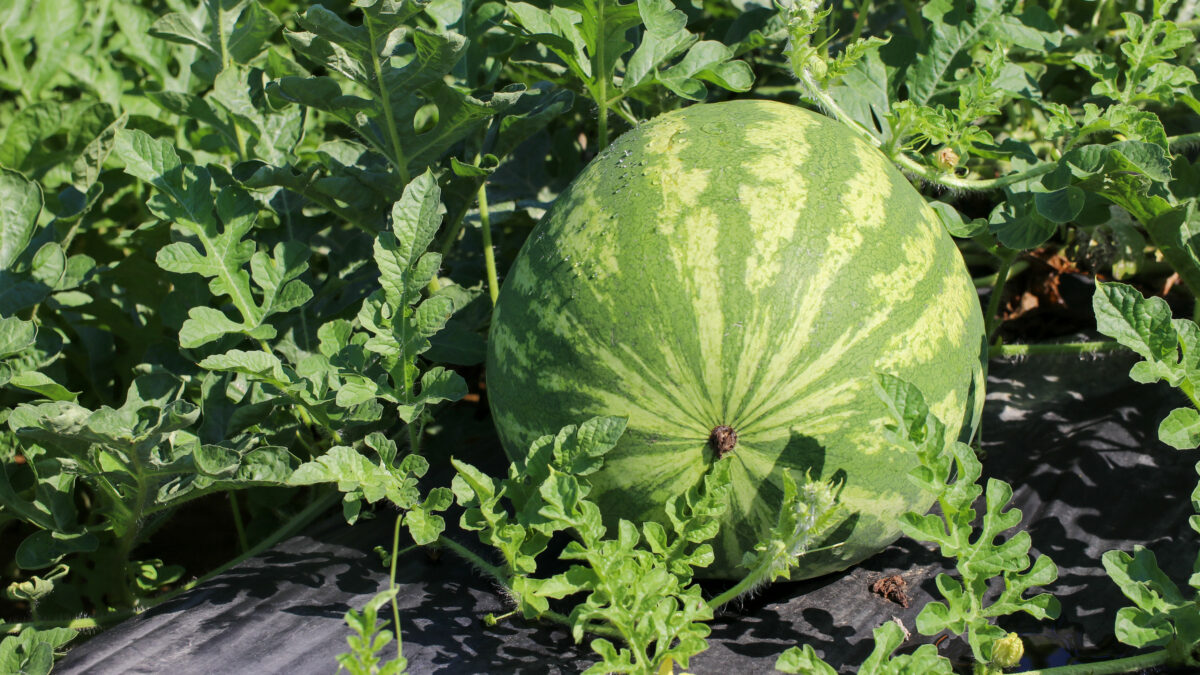The Search for a Fountain of Youth in the Food We Eat
Guest Author
Special Contributor to FB.org

photo credit: Alabama Farmers Federation, Used with Permission
Guest Author
Special Contributor to FB.org
Spanish explorer Juan Ponce de León is credited with discovering and naming Florida around 500 years ago while on a quest to find the fabled Fountain of Youth. Unfortunately, a native 's arrow found him first. Although he still gets credit for Florida, scholars have decided that Ponce de León was primarily interested in finding wealth.
While we laugh at the notion of a magical fountain that cures sickness and restores youth to all who drink of it, the fact remains that many people are still searching for just such a thing. This time the quest is centered on finding supernatural foods, not a magical water source.
No one is quite saying that the aging process can be reversed with food, but health and nutrition authors like Dr. Joel Fuhrman, who wrote the best-seller Eat to Live, claim a person can live longer and disease free by adding superfoods to the diet.
Superfoods are foods that contain a good supply of antioxidants and phytochemicals, also known as phytonutrients. The American Institute for Cancer Research believes these naturally occurring substances help prevent cancer and ward off heart disease, age-related eye damage and other chronic diseases. Typically, they improve the body 's immune system and slow the effects of aging.
According to Fuhrman, foods with super nutrition include collard, mustard and turnip greens, kale and watercress. Some others on his top 25 list are cabbage, spinach, mushrooms, onions, tomatoes, pomegranates, berries, nuts and seeds.
Most superfoods fall into the category of specialty crops, an important segment of the farm economy amounting to $65 billion in annual sales, including cut flowers and nursery crops.
The search for a fountain of youth in foods has elevated a few specialty crops to celebrity status. The pomegranate is a case in point. First cultivated several millennia ago in the Middle East, it was largely ignored in this country until it became identified as a rich source of vitamins and antioxidants. Now there are thousands of acres of pomegranates in the San Joaquin Valley of California.
The market for superfoods is promising and farmers are responding. For example, they have dramatically increased the production and availability of raspberries, blueberries and blackberries.
They also now have protection for their crops with a noninsured crop disaster assistance program in the 2014 Farm Bill. The widespread growth of farmers markets also is very positive.
But, there are factors that could have a negative impact on future production. Many of these crops are labor intensive. There is an urgent need for a flexible agricultural visa program and help for experienced workers to gain legal status. Housing and other development have slowed but could continue to crowd out specialty farms in key growing areas. Lastly, most of these crops are irrigated, and agriculture is under pressure from competing interests to give up its water. These are issues consumers should keep in mind as they get excited about superfoods: Support the farmers who grow them.
Stewart Truelsen, a food and agriculture freelance writer, is a regular contributor to the Focus on Agriculture series.